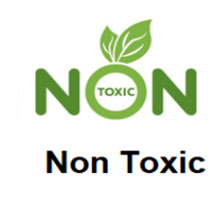Turf Introduction
Artificial Turf Restoration Guide
2024-06-14
**Artificial Turf Restoration Guide**
Restoring artificial turf involves several key steps to ensure a seamless and durable repair. Here's a comprehensive guide to help you with the process:
**1. Prepare the Area**
* Start by clearing any debris, dirt, or residual grass fibers from the damaged area. This ensures a clean surface for the repair.
* Use a brush or vacuum to thoroughly clean the area, removing any stubborn particles.
**2. Apply Repair Glue**
* Apply a specialized repair glue evenly over the damaged area. Be careful not to use too much, as it can affect the turf's appearance and performance.
* Allow the glue to dry slightly, but not completely, to ensure good adhesion.
**3. Patch the Damage**
* Cut a patch of artificial turf that closely matches the color and texture of the surrounding area.
* Place the patch over the damaged area, ensuring it covers the entire repair zone.
* Press the patch firmly into the glue, using a roller or your hands, to ensure a secure bond.
**4. Secure and Trim the Patch**
* Use tape or staples to secure the edges of the patch, if necessary, to prevent lifting or shifting.
* Trim any excess turf from the patch using a sharp knife or scissors, ensuring a clean, seamless finish.
**5. Post-Repair Care**
* Once the repair is complete, it's essential to regularly inspect and maintain the artificial turf.
* Regular brushing and cleaning can help maintain the turf's appearance and performance.
* Address any new damage promptly to prevent it from escalating.
By following these steps, you can effectively restore damaged areas on your artificial turf, extending its lifespan and maintaining its aesthetics. Remember to use the appropriate tools and materials for the job, and always follow the manufacturer's instructions for best results.









